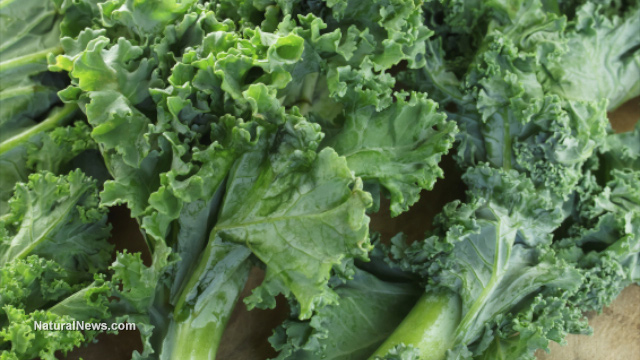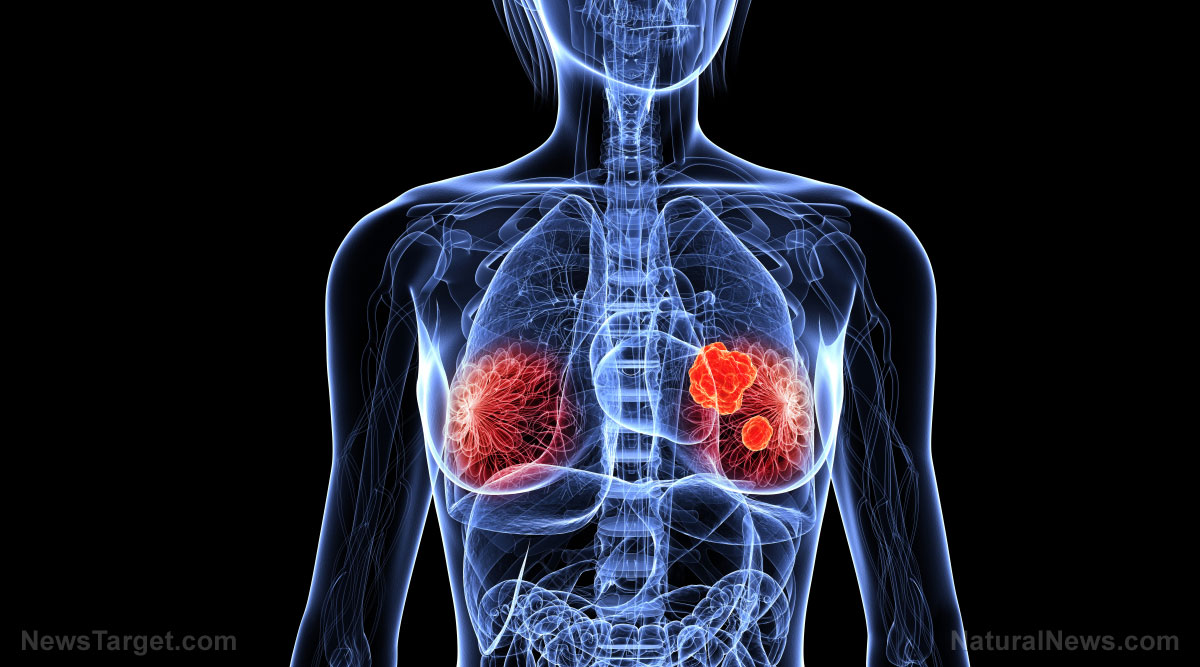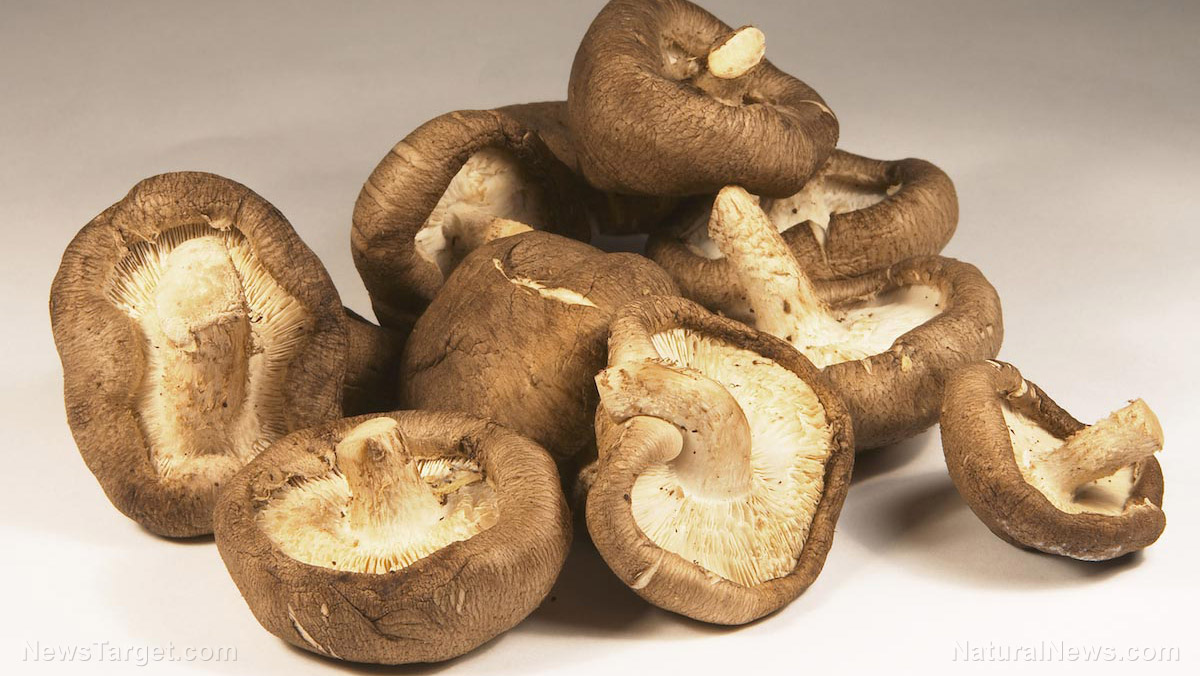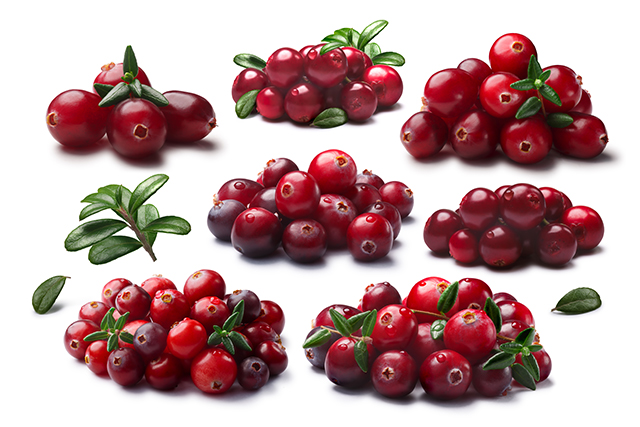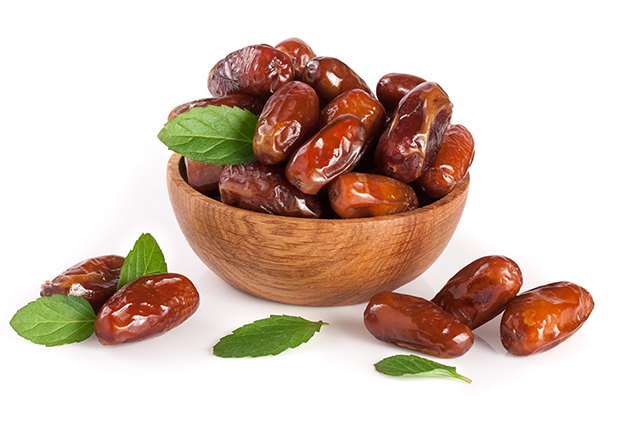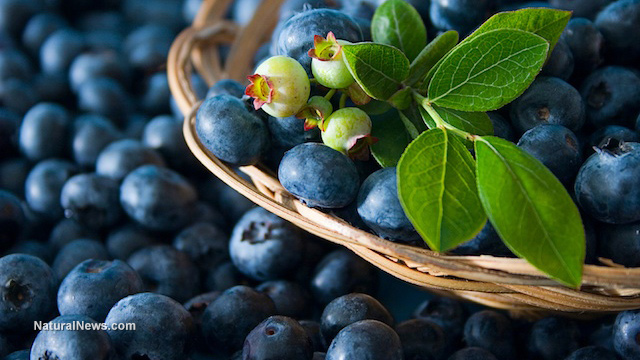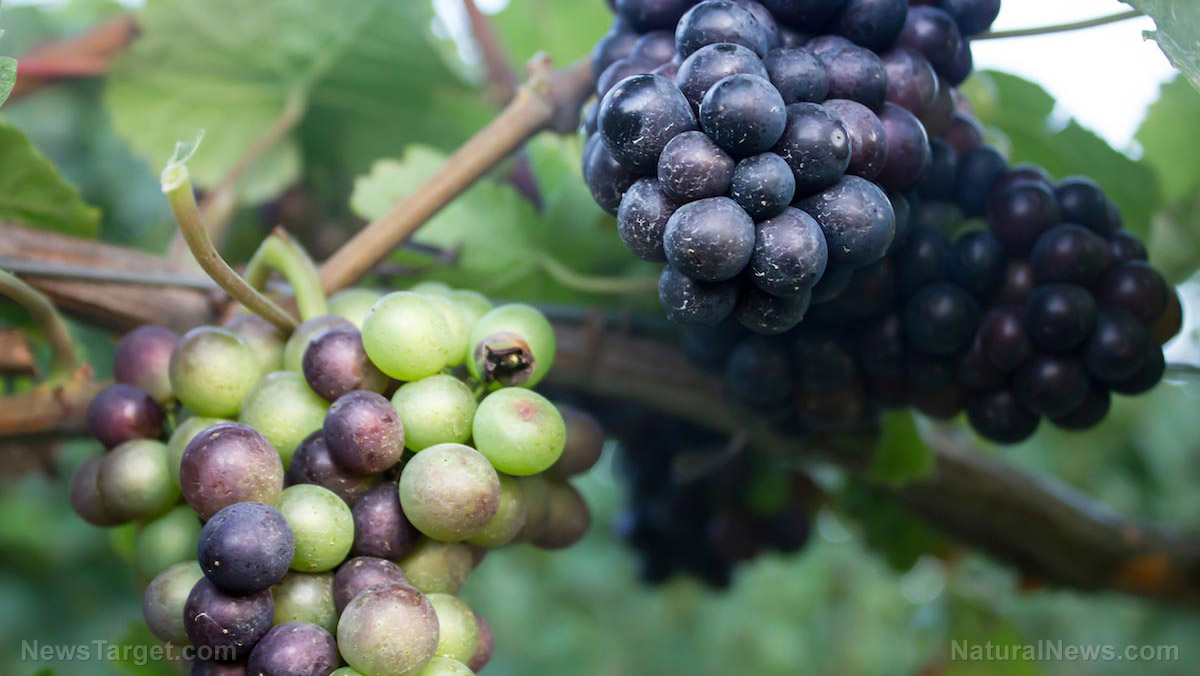Investigating the nutritional and antioxidant composition of tomato processing waste
09/26/2018 / By Zoey Sky
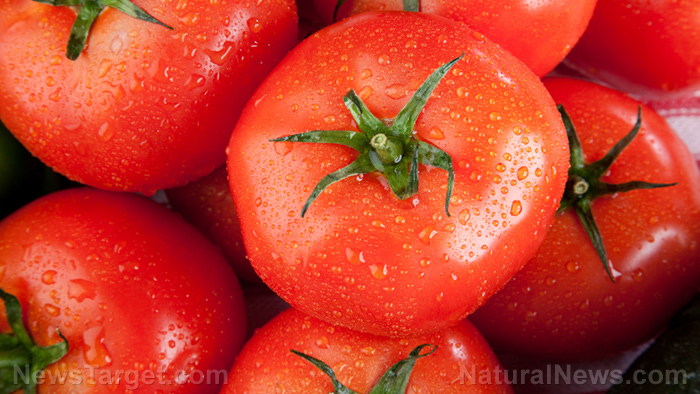
A study published in CyTA – Journal of Food revealed that dried processing waste from tomatoes (Lycopersicon esculentum) might have nutritional and bioactive compounds. The study evaluated the possibility of developing new alternatives so the byproduct could be recycled.
- In the study, testing revealed that the samples of dried tomato waste contained 42.1 g/kg ash, 524.4 g/kg crude fiber, 21.9 g/kg fat, and 176.2 g/kg protein.
- The essential amino acid content of the dried tomato waste included 34.2 percent of total protein, the bulk of which was leucine, followed by lysine and isoleucine.
- The unsaturated fatty acid content of the tomato waste was made up of 77.04 percent of total fatty acids, the majority of which was linoleic acid.
- Based on the test results, the dried tomato wastes had significant amounts of lycopene (510.6 mg/kg) and beta-carotene (95.6 mg/kg). The tomato wastes also possessed noteworthy antioxidant properties. The tests also showed that the dried tomato waste was rich in both ellagic and chlorogenic acids. The most abundant were phenolic acids. For the flavonoids, only rutin and myricetin were quantified.
- The researchers used two shipments of industrial tomato waste, which was made up of a mixture of skins and seeds, which were collected from Leader International S.A., a commercial tomato processing plant in Caracal, Romania.
- Once acquired, the byproducts were packed in plastic bags and frozen at -25 degrees C. The tomato byproducts were then dried using an industrial automated forced hot air dryer at 60 degrees C.
- The dried material was milled using an electric grinder until it was fine enough to pass through a 1-mm mesh. The shipments of tomato waste were tested to determine moisture, crude protein, crude fat and crude fiber content, total phenolics, total flavonoids, lycopene and beta-carotene content and antioxidant activity.
- The phenolic profile and amino acids and fatty acids profiles were analyzed via chromatographic methods. Meanwhile, mineral content was assessed via inductively coupled plasma mass spectrometry.
The study aimed to analyze the content of different nutrients and bioactive compounds in tomato processing waste and to determine alternative ways to recycle the valuable byproduct.
Find the full text of study at this link.
Read more studies about the uses of biowaste at Science.news.
Journal Reference:
Nour V, Panaite TD, Ropota M, Turcu R, Trandafir I, Corbu AR. NUTRITIONAL AND BIOACTIVE COMPOUNDS IN DRIED TOMATO PROCESSING WASTE. CyTA – Journal of Food. 15 January 2018;16(1):222–229. DOI: 10.1080/19476337.2017.1383514
Tagged Under: Amino Acids, antioxidants, biowaste, fatty acids, minerals, phenolic compounds, Tomato waste, tomatoes


